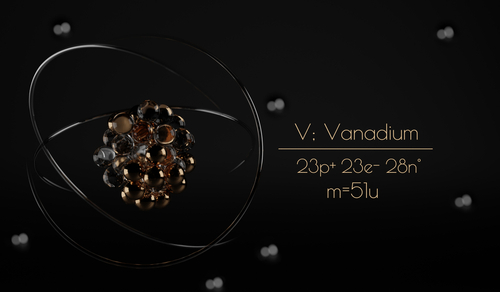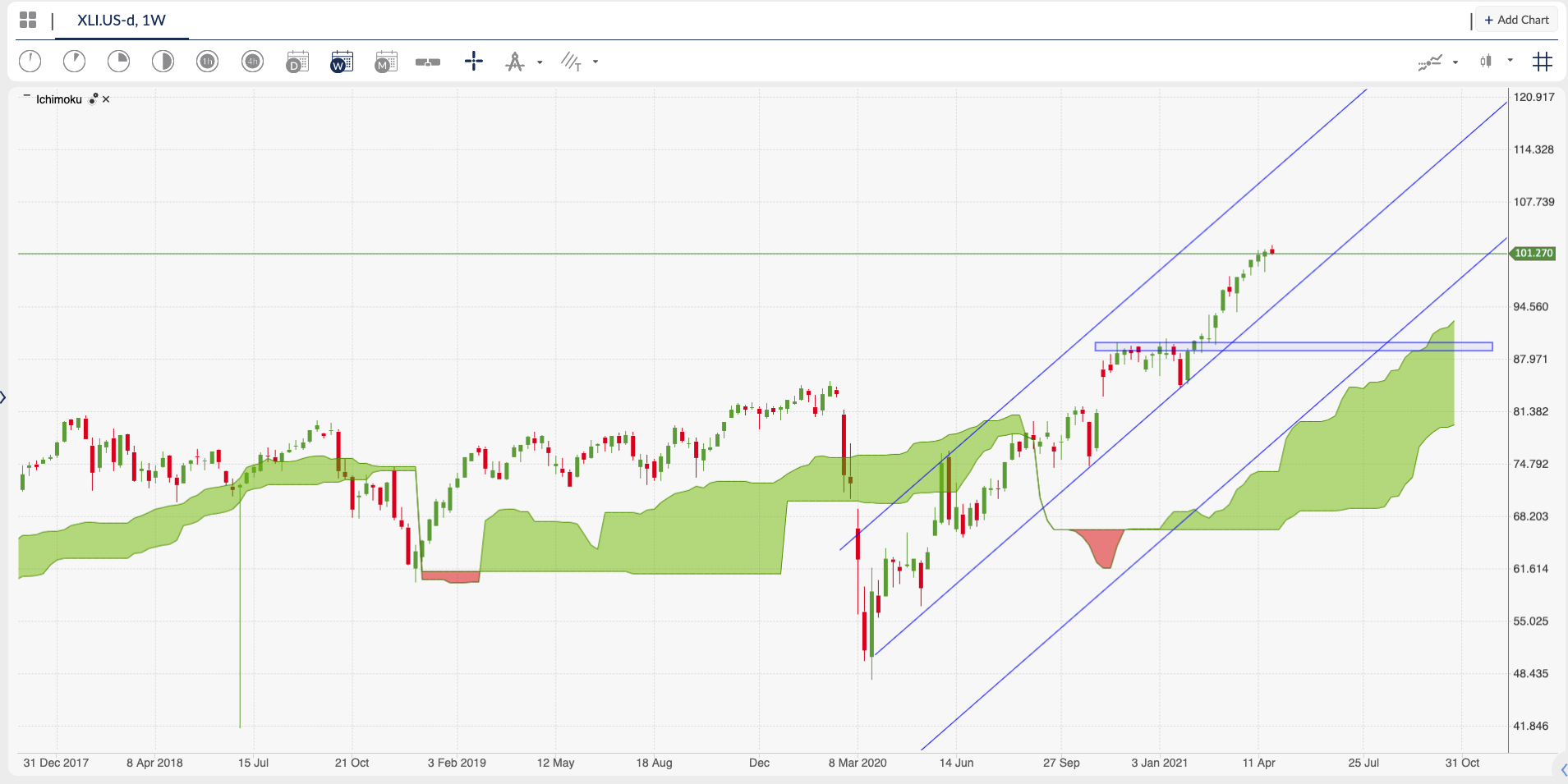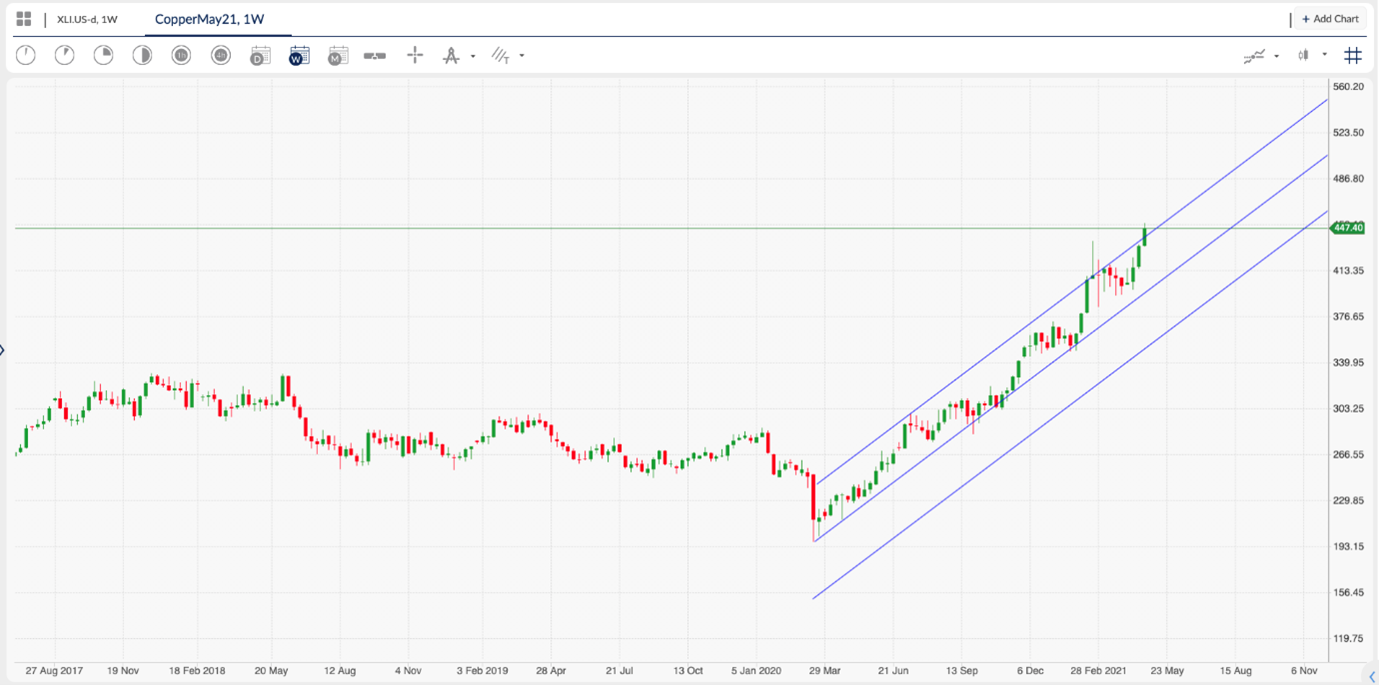What is Vanadium?
What do a fly agaric mushroom, seal shells, and a steel wrench have in common? The opening sentence could be the setup for a very bad joke, but there really is a common link and that is a little-known element called Vanadium.
Vanadium is a chemical element with the symbol V and atomic number 23. It is a hard, silvery-grey, malleable transition metal, which when oxidized becomes extremely colourful, with the reflected hues dependent on the thickness of the oxidization. This oxide layer stabilizes the free metal against further oxidation.
The element was discovered by Andrés Manuel del Río in 1801 in Mexico as he analysed a new lead-bearing mineral he called “brown lead” and today it is calculated as the 20th most abundant metal in the earth, making it twice as abundant as copper.
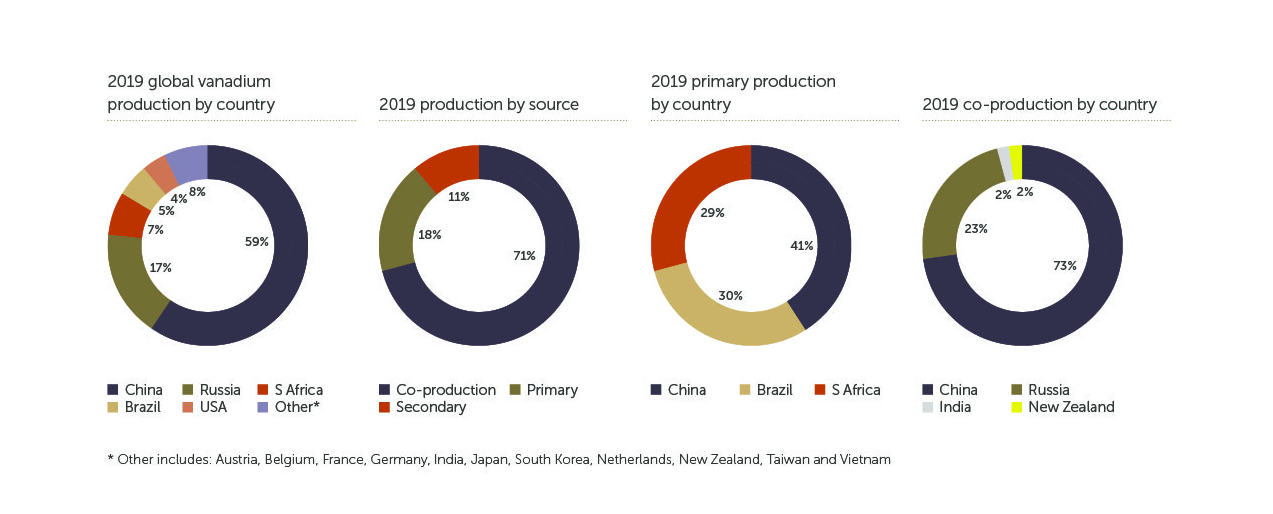

China is the largest producer of Vanadium with a 59% share of the market but the largest deposits outside of China are found in South Africa, Russia, and Canada.
WHY VANADIUM
Vanadium is becoming a more highly sought-after, strategic mineral. The Steel sector uses it in the manufacturing of Steel Rebar and the clean energy sector uses it in battery storage technology. When President Obama talked about the new Vanadium Redux Battery, he said it was the “coolest thing he had ever said”, though he had little idea what it all meant.
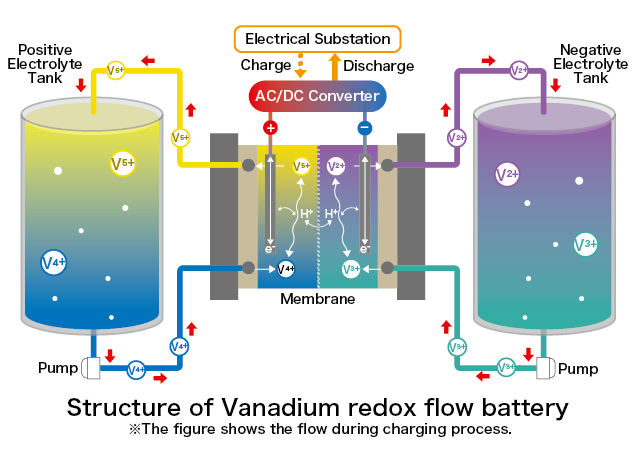

For those in the know, it is a main competitor to the Lithium-Ion battery. The advantages of the Vanadium Redox Flow Battery are that it can rapidly release large amounts of electricity, it can store with no emissions electricity during the nonpeak times, meaning that it is suitable for placing within high-density populations like towns and cities. Vanadium Electrolyte is reusable, recyclable and with a battery lifespan of 25+ years, it is longer lasting than the Duracell Bunny could ever be. Windfarms that generate energy need somewhere to store their power and we have seen that the Vanadium Redox grid-level storage proving itself in this area.
With the latest US Presidential Administration, we have lots of discussion and money being put towards a New Green Deal and an infrastructure plan to bring the roads, bridges, and cities back up to date as the current infrastructure is beyond its intended lifespan.
The majority of the vanadium produced is used as a steel additive. A tiny percentage of Vanadium added to steel has a considerable increase of strength in steel. On the discovery of this vanadium steel was used for crankshafts, gears, and other critical components. The higher the content of vanadium carbides in alloys the larger the increase in wear resistance which is applied to products like industrial tools and knives.
Although forecasts for VRFB’s vary, they indicate that demand could increase vanadium demand by an additional 6 % per annum. The World Bank Group forecasts that by 2050 vanadium demand from energy storage alone could consume nearly twice the 2018 global vanadium production. While some forecasts are for flow batteries to capture up to 18 % of the stationary energy storage market by 2027, even a 10 % market share by VRFBs would equate to 55,000 mtV of demand, compared with ~2,000 mtV consumed in 2018.


Vanadium is currently in oversupply as production increases on the back of higher prices, the new supply is quick to come on stream as the miners are quick to react. The basic laws of economics – supply and demand – dictate that the spot prices for the substance will fall, then stabilize as the increased demand from both America and China for Steel Rebar increases as they invest heavily in their infrastructure projects. Couple that with the move into full electrification of vehicles and the need for power, the need for sustainable and renewable energy storage is very real. The price of Vanadium is starting to tick up with today’s price around $32 per/kg.
The Australian stock exchange (ASX) along with the Toronto Stock Venture Exchange (TSX-V) is where you can find the majority of mining companies that produce Vanadium but one of the largest companies in the Vanadium mining and VRFB’s is on the London Stock Exchange AIM.
Bushveld Minerals Ltd. (BMN: AIM)
Bushveld Minerals Limited was incorporated in 2012 and is based in Johannesburg, South Africa.
From the Bushveld Minerals website
“Our Strategy Bushveld Minerals is committed to generating value in a safe and sustainable way for all of our stakeholders throughout the commodity cycle. Bushveld Minerals’ strategy is: To build a sustainable, cash-generating, low-cost production platform, comprising: a) high-grade, opencast, and low-cost primary vanadium mines; and b) refurbished brownfield processing facilities, with a flexible and scalable low-cost production capability and a diversified vanadium product portfolio. To leverage our large, low-cost production platform and build a leading downstream vanadium-based energy storage platform, which will have a pivotal role across the VRFB value chain as a supplier of electrolytes, a project developer, and a VRFB technology champion.”
Bushveld Minerals Limited engages in the exploration and development of vanadium projects in South Africa. The company operates through four segments: Vanadium and Iron Ore Exploration, Coal Exploration, Vanadium Mining and Production, and Energy. It also explores vanadium, titanium, iron ore, phosphate, tin, and coal deposits. The company primarily holds interests in the Vametco, Brits, Vanchem, and Mokopane projects located in the Northern Limb of the Bushveld Complex in Limpopo.
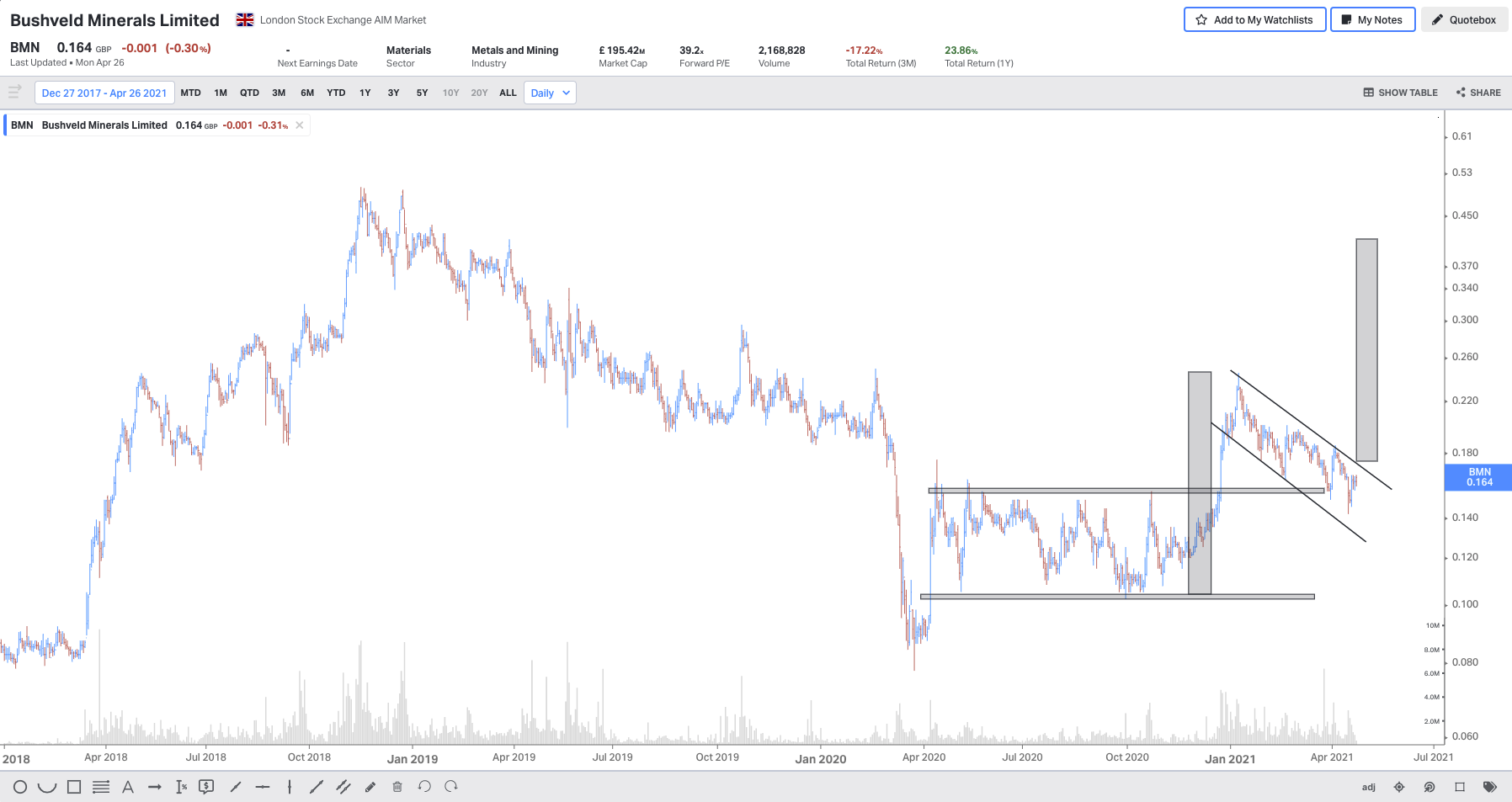

The Bushveld chart shows that April 2020 to January 2021 was a period of consolidation for the company’s share price. Then around President Biden’s inauguration, there was a clear move higher with a retrace back to the area of balance culminating with the April 2021 lows.
Technically this share price looks ready to go higher, having found a decent amount of support with a measured move to the upside likely to test the highs seen in late 2018.
See real-time quotes provided by our partner.
With the Industrial sector looking likely to carry on with its meteoric rise since the pandemic lows we look to the XLI on ActivTrader for signs of where the support may be, should there be a pullback? The February highs on the XLI ETF look like they could be the first significant support, with the Ichimoku cloud rising higher and some distance away from price.
See real-time quotes provided by our partner.
If Copper were the bellwether for the Industrial complex, the fact that it has pushed higher out of the rising trend channel, suggests that the increase in demand from the USA and China as they plough trillions of US dollars into infrastructure, is set to continue in the base metals and critical minerals markets.
